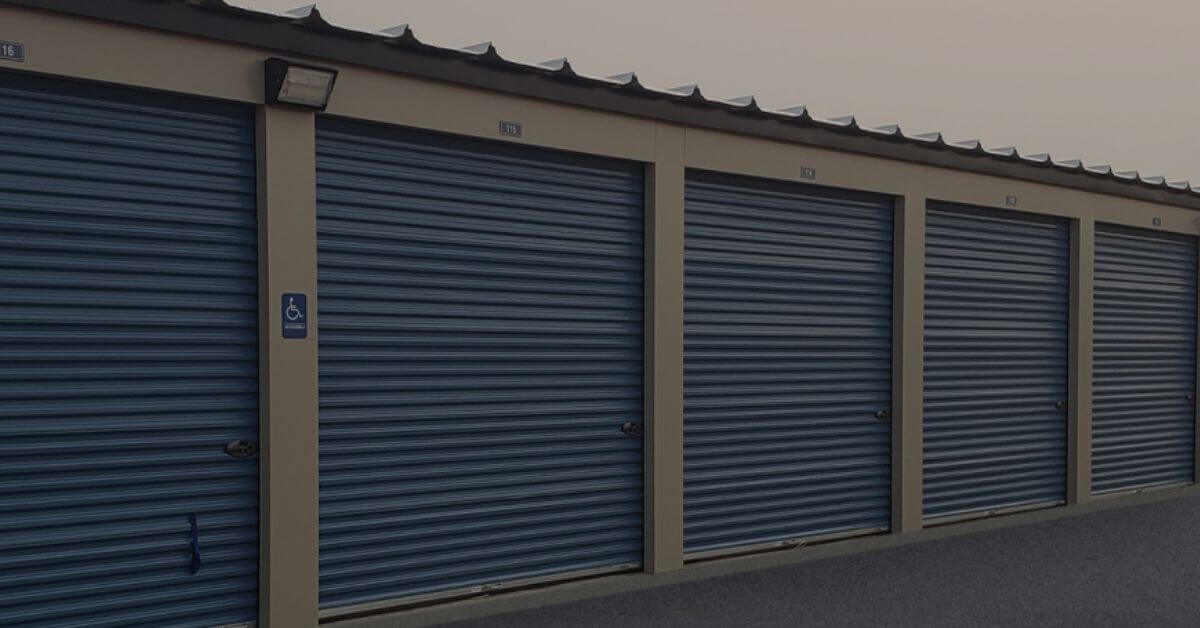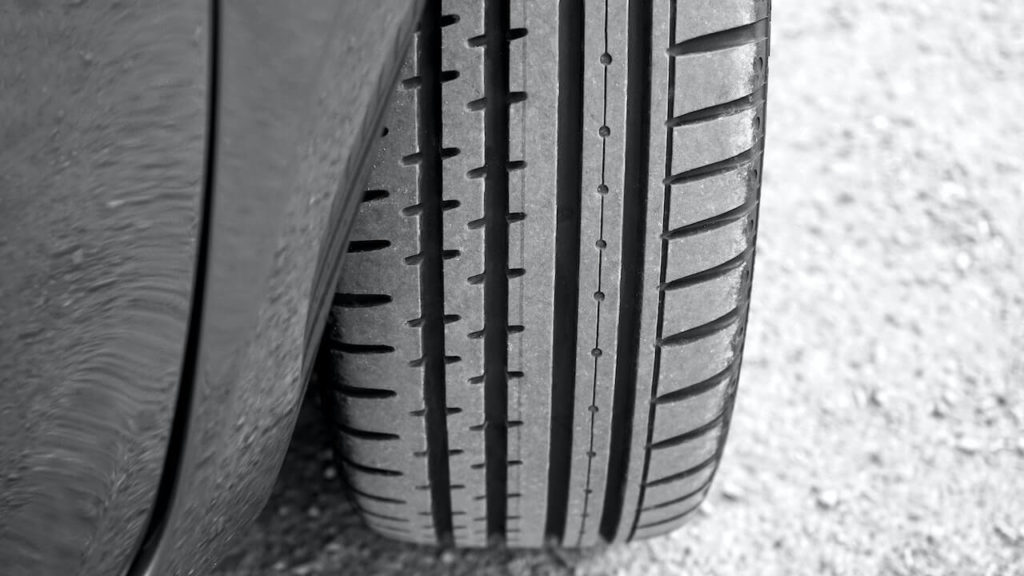Whether you’re a vintage car collector, a seasonal driver, or simply someone with an extra vehicle, finding a safe and reliable space to store your car is essential. Car storage facilities offer a solution to the challenge of safeguarding your wheels while ensuring they remain in optimal condition. In this comprehensive guide, we’ll explore the ins and outs of car storage facilities, highlighting their benefits, types, considerations, and key features.
The Need for Car Storage Facilities
If you find yourself with a surplus vehicle, limited garage space, or need to store your car during certain periods of the year, car storage facilities provide a practical solution. These facilities are equipped to keep your vehicle safe from external elements, theft, and other potential risks.
Types of Car Storage
Car storage facilities come in various types, including indoor and outdoor storage. Indoor storage offers better protection from weather conditions, while outdoor storage might be more budget-friendly. Some facilities even offer specialized storage options for classic cars, luxury vehicles, and motorcycles.
Benefits of Using Car Storage Facilities
- Security: Car storage facilities offer advanced security measures like surveillance cameras, access controls, and on-site personnel.
- Protection: Indoor storage shields your vehicle from the elements, reducing the risk of rust, fading, and other weather-related damage.
- Convenience: Storing your car off-site frees up space at home and provides a hassle-free storage solution.
- Maintenance: Many facilities offer maintenance packages, ensuring your car remains in excellent condition during storage.
- Peace of Mind: Knowing your car is in a secure location allows you to enjoy extended trips without worry.
Choosing the Right Car Storage Facility
When selecting a car storage facility, consider factors such as location, reputation, security features, and available amenities. Reading reviews and visiting potential facilities can help you make an informed decision.
Key Features to Look for
- 24/7 Security Monitoring: Ensure the facility is equipped with surveillance cameras and around-the-clock security personnel.
- Climate Control: Opt for a climate-controlled facility to protect your car from extreme temperatures and humidity.
- Insurance Coverage: Check if the facility provides insurance coverage for stored vehicles.
- Flexible Access: Choose a facility with convenient access hours in case you need to retrieve your car.
- Additional Services: Some facilities offer services like regular maintenance, detailing, and battery charging.
 Preparing Your Car for Storage
Preparing Your Car for Storage
Before storing your car, take the following steps:
- Clean and wax your car to prevent dirt and grime buildup.
- Change the oil and top up other fluids.
- Inflate the tires to the recommended pressure.
- Place a breathable cover on your car to protect it from dust.
Long-Term vs. Short-Term Storage Considerations
For long-term storage, consider disconnecting the battery and using fuel stabilizers. For short-term storage, focus on maintaining proper tire pressure and fluid levels.
Security Measures in Car Storage Facilities
Reputable car storage facilities employ various security measures to safeguard your vehicle:
- Fenced Perimeter: The facility should have a secure perimeter with controlled access.
- Access Control: Only authorized personnel should be able to enter the facility.
- Well-Lit Areas: Adequate lighting helps deter potential thieves.
- Security Personnel: On-site staff adds an extra layer of security.
Maintaining Your Car in Storage
Even in storage, your car requires some attention:
- Start the engine and let it run for a few minutes to prevent oil stagnation.
- Roll the tires slightly to avoid flat spots.
- Keep a check on the battery charge by starting the car periodically.
Insurance for Stored Vehicles
Check if your existing auto insurance covers stored vehicles or if the facility offers insurance options. Having proper insurance provides peace of mind in case of unexpected incidents.
Costs of Car Storage: What to Expect
The cost of car storage varies based on factors like location, type of storage, and additional services. It’s crucial to balance cost with the quality of storage and security offered.
Tips for Making the Most of Car Storage
- Choose the right storage type based on your vehicle’s needs.
- Conduct a thorough inspection before and after storage to note any changes.
- Follow the facility’s guidelines for preparing your car.
- Opt for indoor storage if possible for maximum protection.
- Communicate any special requirements or concerns with the facility staff.
Checking on Your Stored Car: How Often?
It’s advisable to check on your stored car every few weeks, especially if it’s a long-term storage arrangement. This allows you to address any issues promptly and ensure your vehicle remains in optimal condition.
Conclusion
Car storage facilities offer a secure and reliable solution for keeping your vehicle safe when not in use. By choosing the right facility, preparing your car adequately, and following maintenance guidelines, you can ensure your wheels are ready to hit the road whenever you are.






